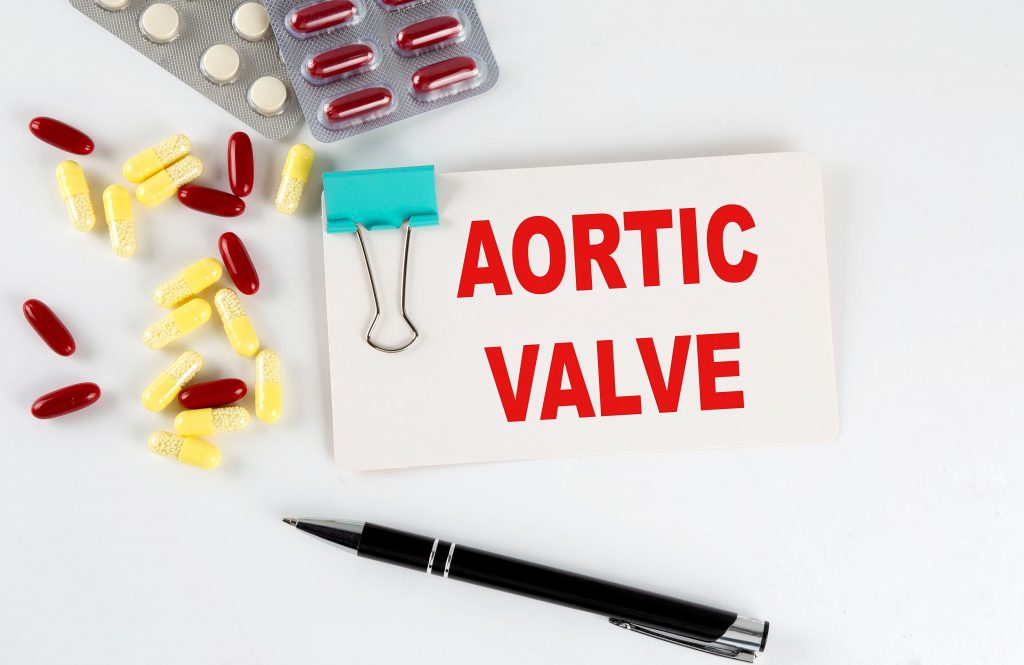Arq. Bras. Cardiol. 2022; 118(6): 1097-1098
Transcatheter Aortic Valve Implant in Latin America – We will Get There!
This Short Editorial is referred by the Research article "Recent Developments and Current Status of Transcatheter Aortic Valve Replacement Practice in Latin America – the WRITTEN LATAM Study".
As with percutaneous coronary intervention, the Transcatheter Aortic Valve Implantation (TAVI) is making great strides toward overcoming the surgical approach and becoming the predominant procedure in treating aortic stenosis. Since the first percutaneous implantation made by Dr. Alain Cribier, who turns 2 decades old this year, TAVI has demonstrated, study after study, robust evidence of its efficacy and safety. At each stage of this journey, the challenges were successively overcome both by the improvement of the devices and the skills acquired by the operators, which allowed us to move consistently from the prohibitive surgical risk scenario to the low-risk scenario in just over 15 years.– Furthermore, evolution is unfolding– – ongoing studies investigate the expansion of TAVI for young patient populations, bicuspid aortic valve, asymptomatic and even pure aortic regurgitation.
Today the million-dollar question is about the durability of devices that, in part, starts to be answered. In 2019, Thyregod et al. published the 5-year result of the NOTION study (The Nordic Aortic Valve Intervention Trial), showing no differences in either the primary composite endpoint of death from any cause, stroke or heart attack (TAVR 38% vs. SAVR 36%; p=0.86) as in individual events. More recently, at the American College of Cardiology Congress (ACC 2022), Michael Reardon presented the 5-year results combining the CoreValve US Pivotal and SURTAVI studies showing that in intermediate- or high-risk patients, the rate of valve structural deterioration was significantly lower in the TAVI group compared to the surgical group (2.57% x 4.38%; p=0.0095). Nevertheless, these data are still insufficient to answer whether TAVI will be the Gold Standard for treating aortic valve diseases, regardless of etiology, age or type of dysfunction.
[…]
637

